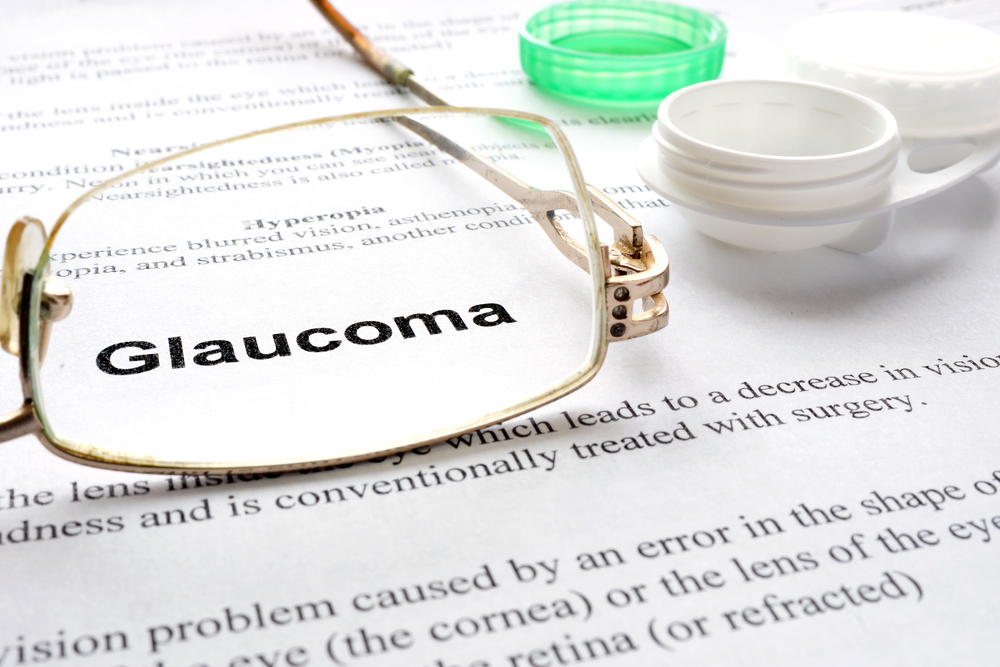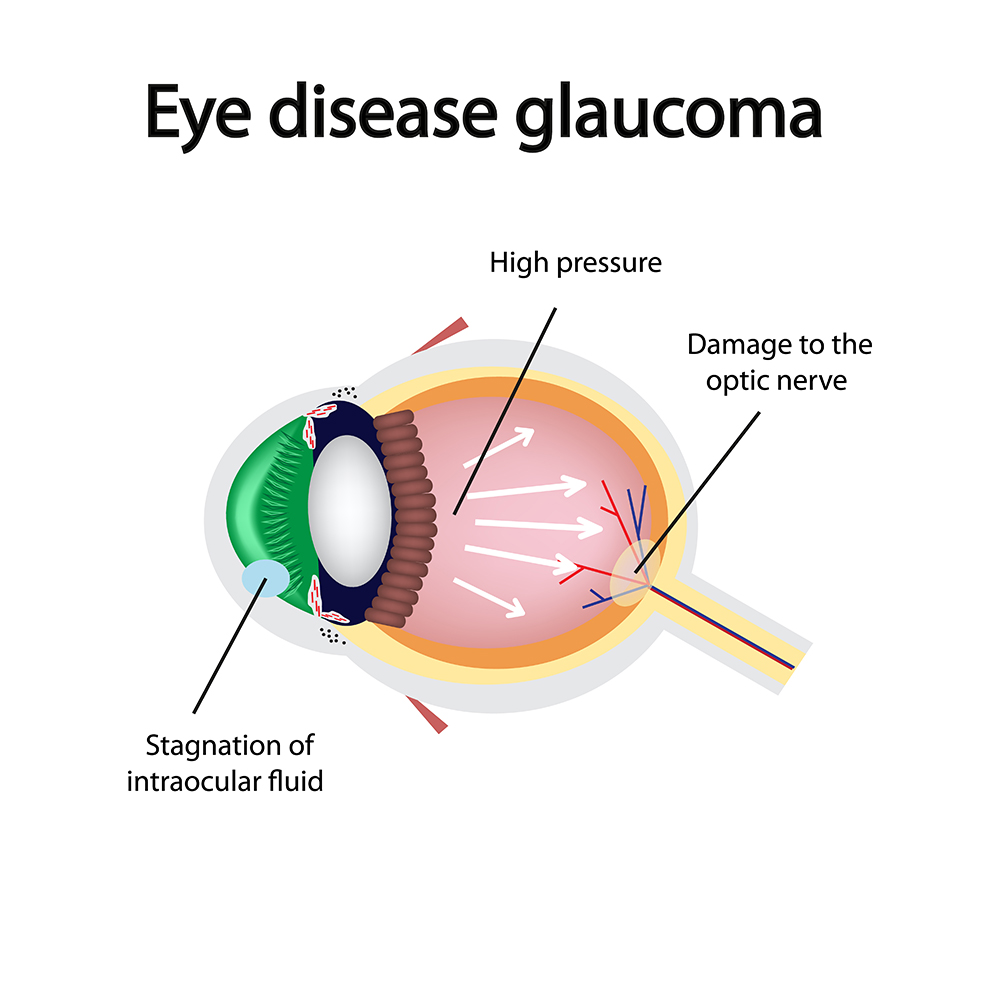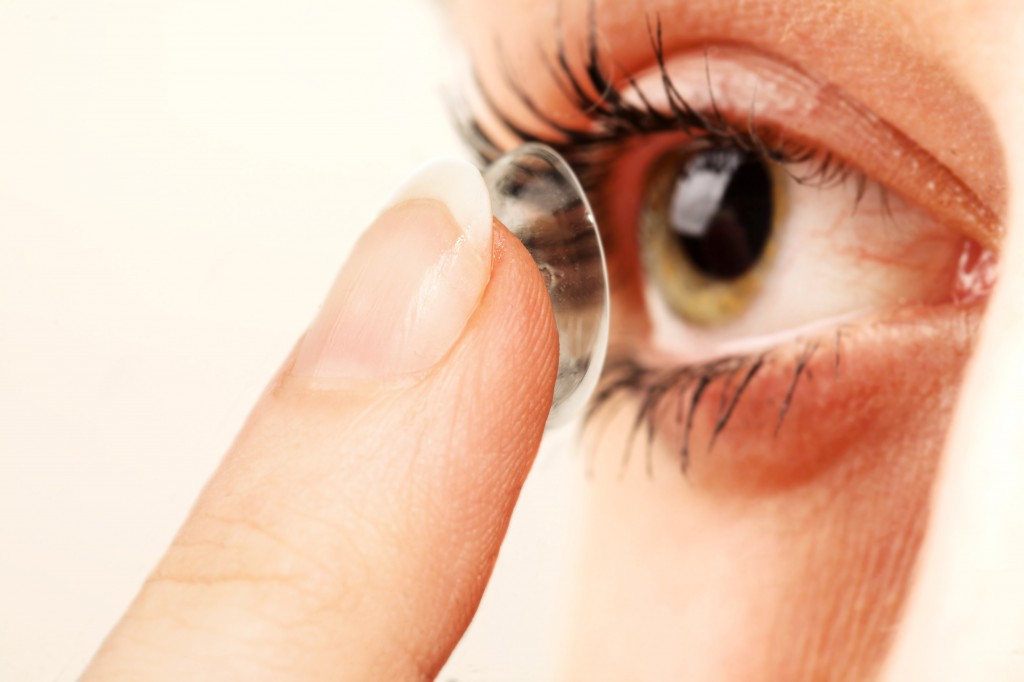Glaucoma is one of the chief causes of blindness in the world. It causes damage to the optic nerve thereby leading to vision loss. In the early stages, there may hardly be any visible symptoms of the disease.
Millions of people with glaucoma do not even know that they have it. The vision loss due to glaucoma happens so gradually that it is often referred to as the “silent thief of sight.” Often it is only in the later stages when the vision loss becomes apparent, and no glaucoma treatment can be very helpful at that time. It is why it is so crucial to take proper steps to protect your vision as early as possible.
Glaucoma causes
While the underlying causes of the disease are yet to be known, it generally happens due to increased pressure in the eyes, which is due to pressure build up in the aqueous humor, the watery substance that surrounds the eyeball. In a healthy pair of eyes, the liquid is regularly drained, but for people with glaucoma, the fluid does not drain and builds up in the eyes leading to increased pressure. Sometimes glaucoma may also happen when the eye pressure is normal. In this case, the optic nerves are sensitive to the normal eye pressure levels. Proper glaucoma treatment at the right time can help manage the condition to a great extent.
Types of Glaucoma
The most common type of glaucoma is open-angle glaucoma, where the side vision is affected first. In the advanced stages, it can cause tunnel vision, where you can only see straight ahead, and this can eventually lead to blindness.
Some people also suffer from angle-closure glaucoma. A sudden increase in eye pressure in this type can lead to some glaucoma symptoms such as eye pain, distorted vision, visual disturbances, reddening of the eye, and nausea.
Glaucoma Risk Factors
While anyone can one can contract glaucoma, there are some factors that increase the risk.
- Ethnicities: The disease is several times more common among African-Americans, Asian-Americans, Mexican-Americans and Japanese-Americans. They are more at risk than other ethnicities.
- Age – The risk of the disease goes up as you age.
- Chronic illnesses – High blood pressure, heart disease, diabetes, and hypothyroidism also increases the risk
- Genetics – If one of your parents or your siblings has glaucoma, it increases your chances of contracting it as well
- Eye injuries – Eye injuries such as eye surgery, eye tumours, nearsightedness, retinal detachment, and eye inflammations increase your risk.
- Use of corticosteroids: Using these drugs for long puts you at a greater risk.
Also Read: Dealing Pink Eye in Children
Glaucoma Prevention & Treatment
There is no way to prevent glaucoma; however vision loss can be significantly prevented, and the glaucoma symptoms treated if it is detected in the early stages.
- Checkups – Regular eye checkups are the best way to prevent glaucoma damage and treat the glaucoma symptoms early on. Glaucoma check should be ideally done in the following manner:
- Once in two to four years if you are above 40.
- Once in every two to three years if you are between 40-54 years of age.
- Once in two years if you are between 55 to 64 years of age, and every six to twelve months if you are above 65 years of age.
- Decrease your insulin levels – As the insulin levels increases, it causes your blood pressure as well as eye pressure to increase. It is recommended that you avoid grains and sugars to prevent any spike in your insulin levels.
- Medications – Glaucoma medications decrease the progression of the diseases by reducing the elevated intraocular pressure (IOP) to stop any damage to the optic nerve. There are also surgical treatments that are available.
- Exercise program – A regular regimen of exercise has been shown to lead to overall wellness and can have an IOP-lowering effect. Yoga can be helpful, but some postures such as shoulder stands and headstands must be avoided as it can increase IOP. It is best to consult with your doctor before you begin any exercise regimen.
- Eye protection – It is important to wear protective eyewear while participating in sports activities or engaging in home improvement projects. Eye injuries can cause secondary glaucoma or traumatic glaucoma; therefore protecting your eyes is a good way to prevent glaucoma.
Also Read: Understanding vision problem: Myopia
Following these tips can go a long way towards protecting your vision. Early detection and lifelong glaucoma treatment can be very helpful in maintaining good vision for long.




